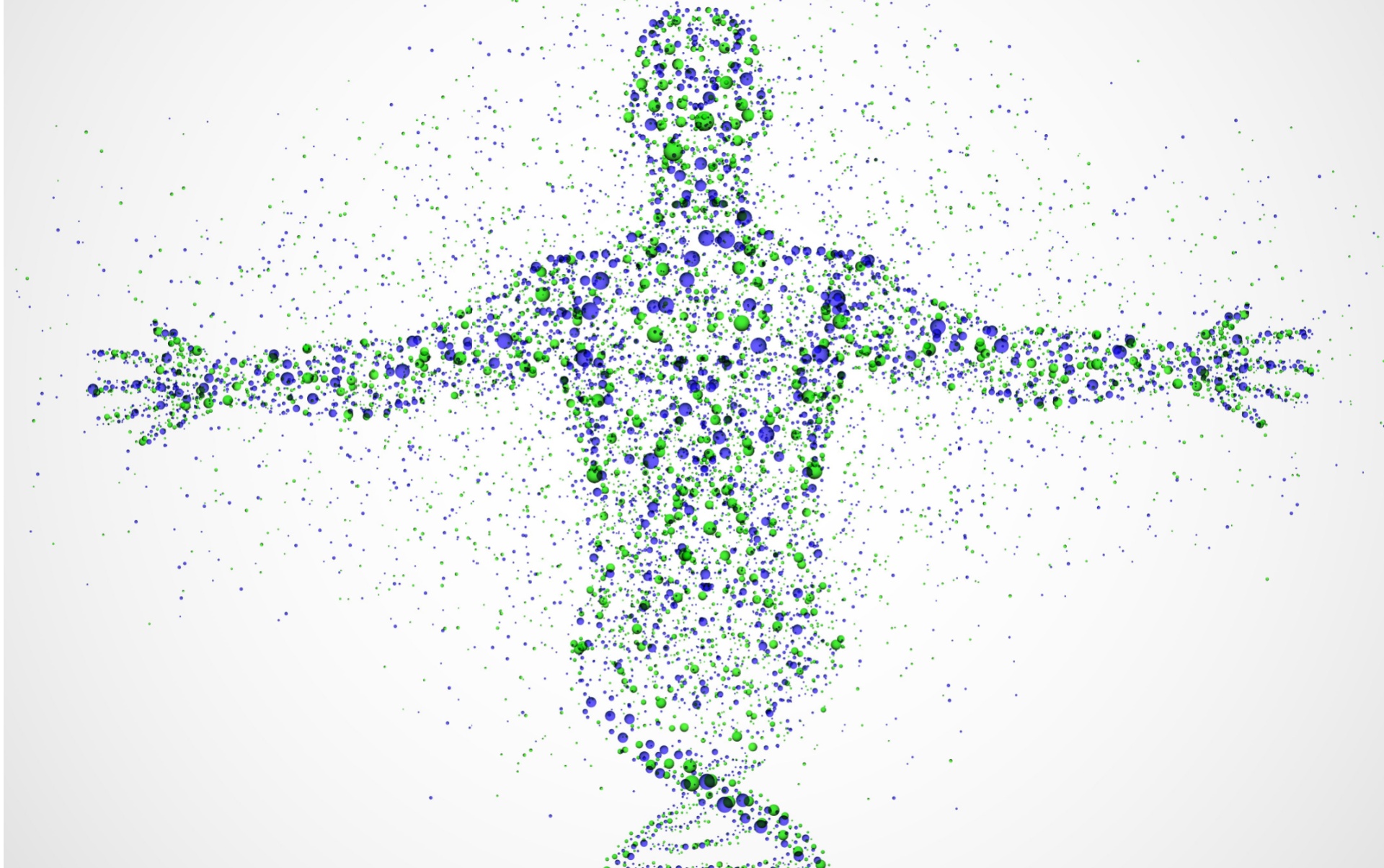CRY ADVOCACY: ‘Childescents’ of India – they are children, too
Today, every fifth child in India is within the age group of 15–18 years. In the next decade, nearly one billion children will pass through this life stage, and this sheer number makes the developmental trajectory of these children a global concern. Child Rights and You (CRY) is an Indian national non-profit organisation which strongly feels that this is an opportune time for policymakers to prioritise the needs of this age group as they undergo a transition in all spheres (physiological, cognitive and psychological).
Unfortunately, children between 15 and 18 years are seen as ‘adult-like’. Therefore, their situation is not very appealing, as illustrated in the panel. To bring back the attention of policymakers and influencers, CRY released a study on the status of these children, coining the word ‘Childescents’ to reiterate the fact that they are still children.
Internationally and nationally, Childescents have been viewed in numerous ways, leading to differential treatment. The government of India, through the National Policy for Children, 2013, has adopted 18 years as the marker for the completion of childhood. This age bar, derived from the United Nations Convention on the Rights of the Child, has also been imbibed by key legislation such as the Protection of Children from Sexual Offenses Act, 2012 and the Juvenile Justice (Care and Protection of Children) Act, 2015. But the Right of Children to Free and Compulsory Education Act, 2009 currently does not extend to Childescents; and the Child and Adolescent Labour (Prohibition and Regulation) Act, 2016 creates a segregation by labelling those below 14 years as children, and those between 15 and 18 years as adolescents. India has formulated schemes for adolescents in general including Rashtriya Kishor Swasthya Karykaram (adolescent health programme) and Sabla scheme for adolescent girls, among others. However, specific focus is yet to be placed on Childescents.
CRY uses the layered approach of “self, society and system” while working with different stakeholders. It strives to improve investment by the state towards strengthening human capital for this age group, improving access to and implementation of relevant schemes. CRY firmly believes that if we are to truly assist Childescents in finding their place in society, it is necessary to build a comprehensive understanding of their needs and vulnerabilities and invest in interventions for education and skills within robust protective frameworks. This investment is imperative for them to find decent work free of hazards and lead healthy, fulfilling lives. Childescents are children, too!










